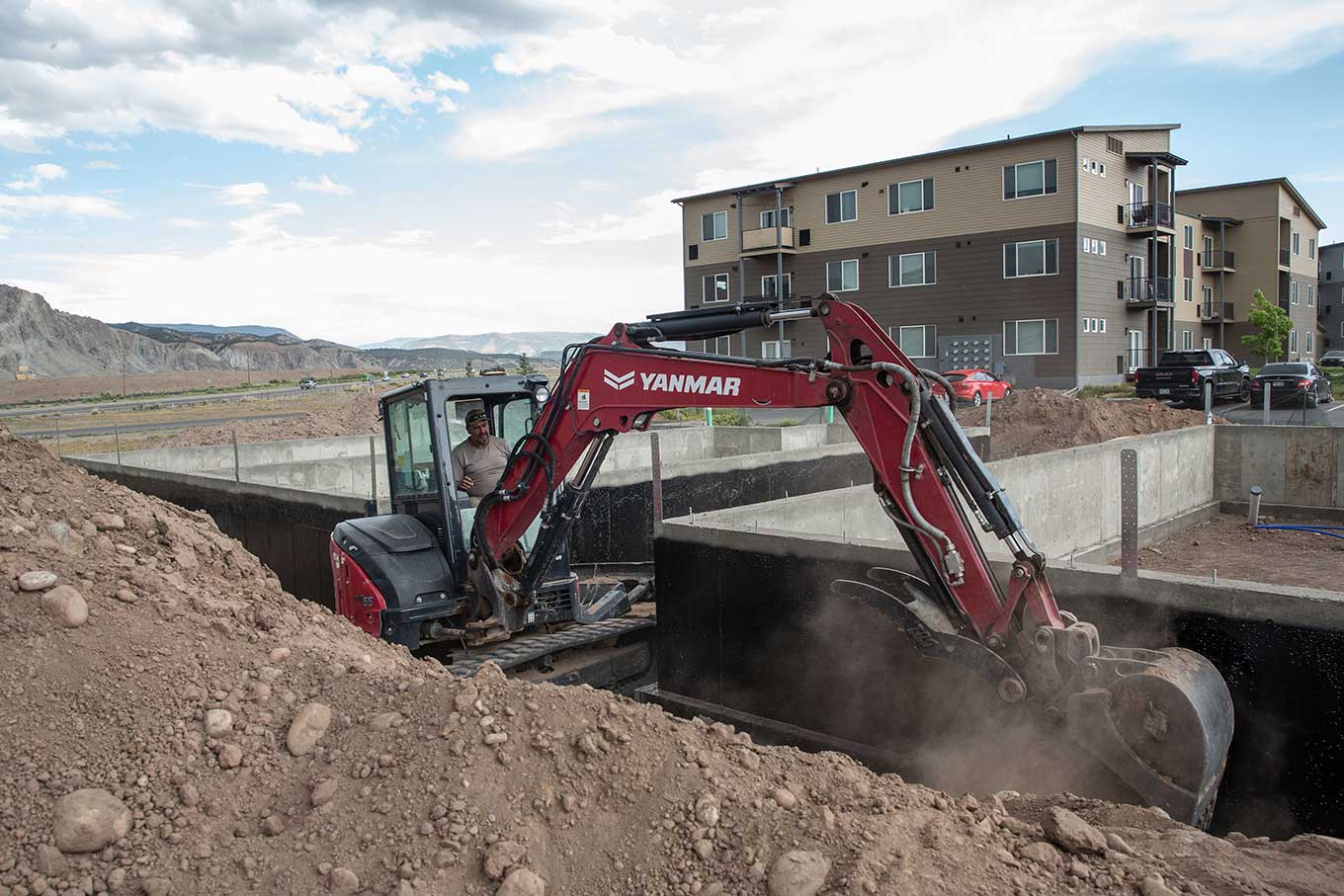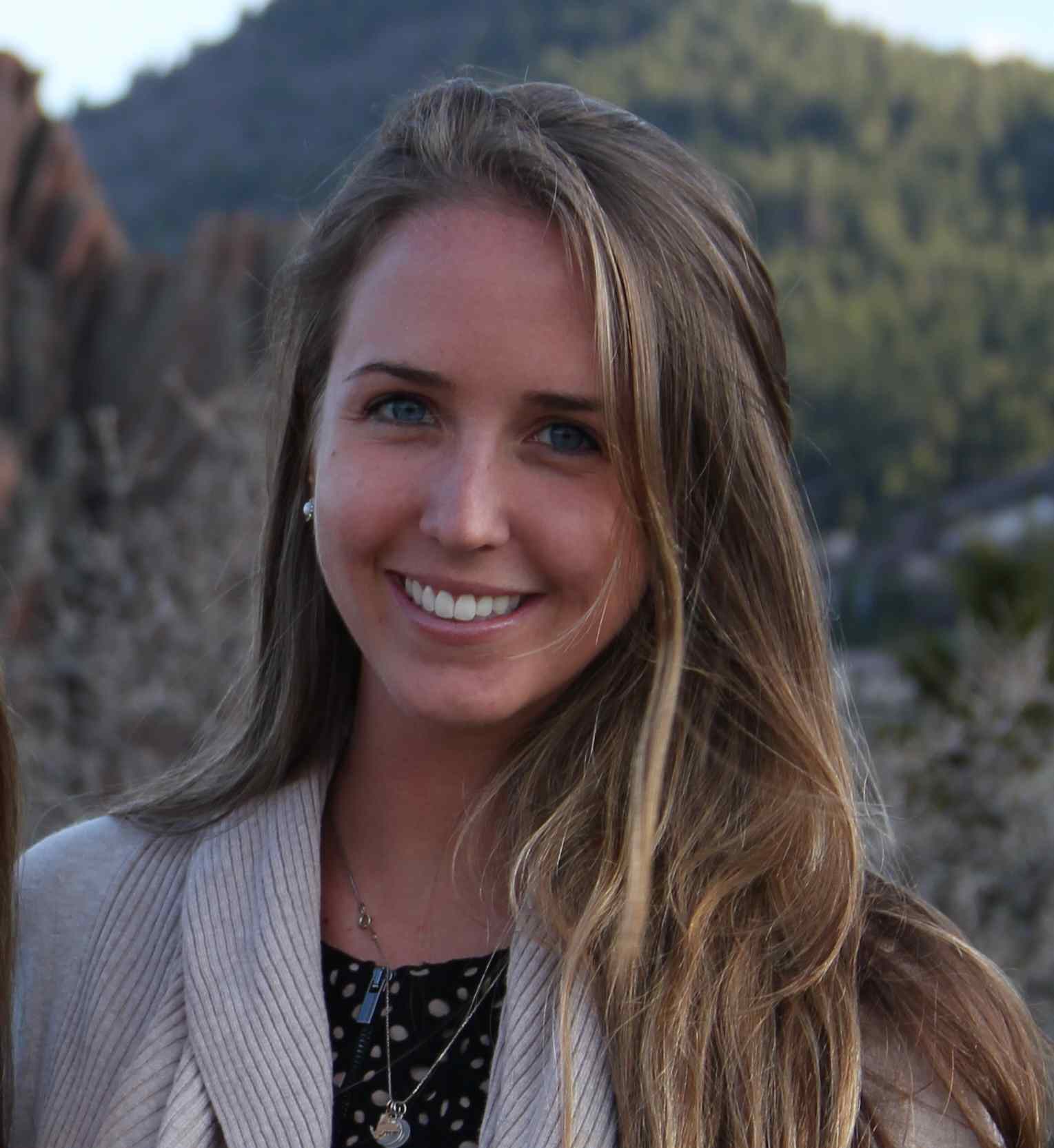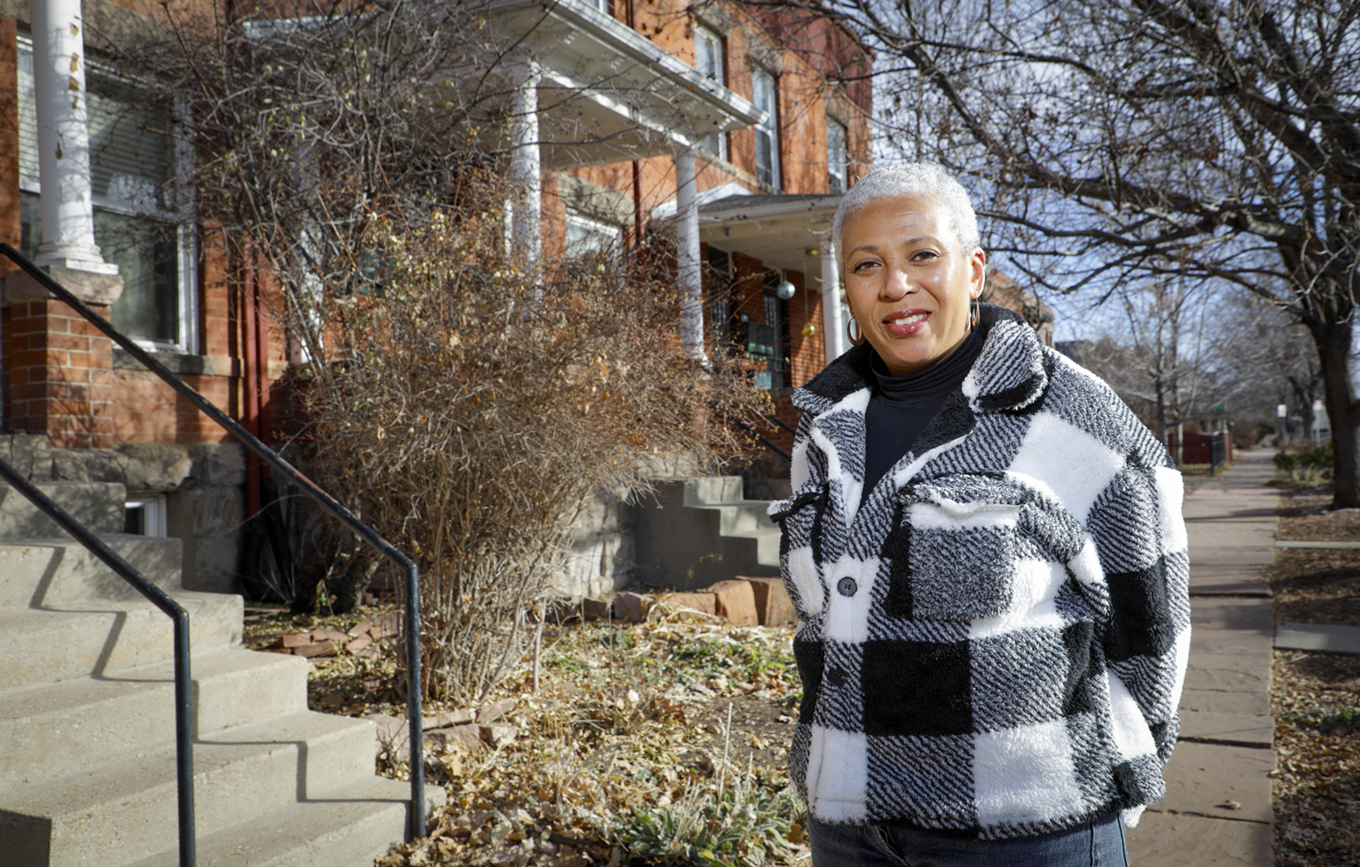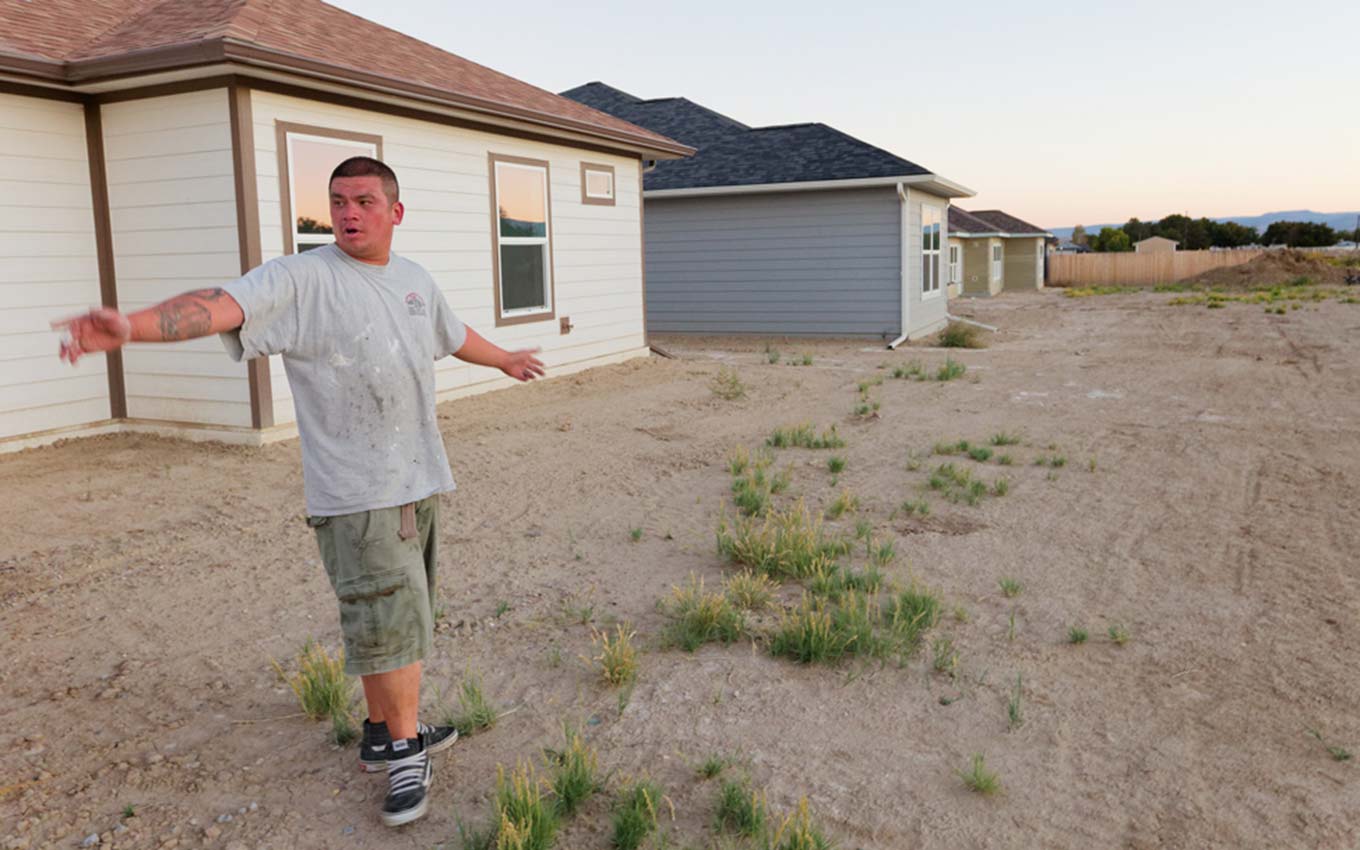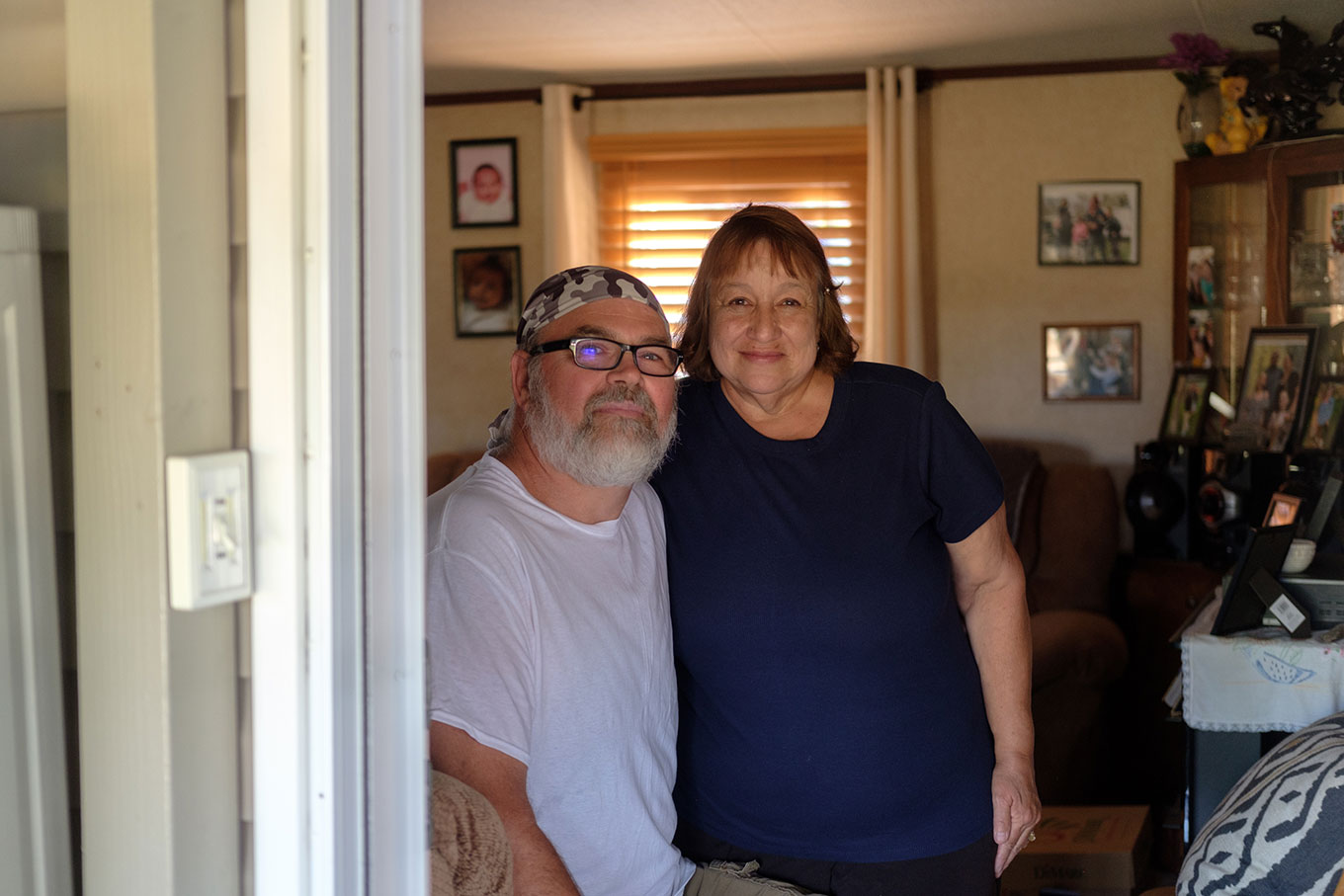When Josh Applegate lived in Eagle County about 10 years ago, he and his wife Kaci had no problem finding a budget-friendly apartment to rent. They paid around $800 monthly for a one-bedroom apartment in the Pitkin Creek community and about the same amount for a similar unit in Middle Creek.
“Things were affordable,” said Josh, now 48. “Whenever the lease ended, it was easy to find another place to live.”
However, after relocating to the Roaring Fork Valley in 2015 to be closer to Kaci’s family and moving back to Eagle County last summer for Kaci’s work, the Applegates faced a much different reality.
“We could not find an [affordable] apartment,” Josh said. When browsing online housing listings, he frequently encountered one-bedrooms listed for $4,000 to $5,000 per month. Together, the Applegates currently earn a little over $100,000 annually, with Kaci working in retail and Josh in sales for a mattress company.
“We both agreed that it’s completely unreasonable to spend $5,000 a month on a one-bedroom apartment,” Josh said. That would equate to roughly 50% of their household income—far greater than the longstanding financial guideline to spend no more than 30% of gross income on housing.
After sifting through multiple apartment listing scams on Facebook—alleged landlords wanted a deposit before showing them units, Josh said—the Applegates turned to Airbnb, asking property owners if they would agree to month-to-month arrangements. Eventually, they found someone willing to let them stay temporarily in her two-bedroom apartment in Eagle-Vail for $2,350 a month.
That agreement ended in December, and the Applegates were still unable to find housing, so they moved into the Minturn Mountain Motel. They paid $1,200 a month for a “room smaller than the size of a hotel room,” Josh said. It had a mini fridge, microwave and a small bathroom. Because there was no kitchenette, the couple spent “an exorbitant” amount eating out.
“The money that we saved on rent, we spent on food,” Josh said.
Finally, they saw a studio apartment listed in the Sandstone neighborhood west of Vail at $2,000 per month. They called the owner, who informed them they were among dozens of people who had inquired about the unit that day. To beat the competition, they offered to pay six month’s rent upfront, to which the owner agreed.
“That was $12,000 cash right to the guy,” Josh said. “That one hurt.”
Forking over half a year’s rent at once was “not something I wanted to do,” he said. “It was something more like what I had to do, or else we weren’t going to get an apartment.”
This is the reality of renting in Eagle County, one of the most unaffordable areas in Colorado, one of the most unaffordable states in the country. According to a 2022 report by the Colorado Housing and Finance Authority, the median rental rate for an apartment in Eagle County at publication was $2,313—the highest of Colorado’s 64 counties and $818 more per month than the state median of $1,495. (Applegate said he couldn’t find anything approaching this median figure when he went looking for a rental; everything seemed to be $4,000 and up.)

Housing costs in Eagle County have earned it its reputation as one of the most unaffordable areas in Colorado. It’s not uncommon to see shuttered windows such as those in the photo above, even on a weekday evening in Vail, Colo. Many homes in Eagle County’s housing stock are seasonally occupied or used as short-term rentals like Airbnb. Photo by Luna Anna Archey / Special to The Colorado Trust
According to a National Low Income Housing Coalition analysis from 2023, to afford a two-bedroom apartment in Eagle County at “fair market rent”—defined as the 40th percentile for typical rent in a local housing market—an Eagle County resident must work 2.9 full-time jobs at minimum wage. For an increasing number of locals, making ends meet is impossible.
Take J., for instance. (Several people interviewed for this story had privacy concerns over being identified and sharing their income levels, so only a first initial is being used where requested.) After moving from Florida to Eagle County last June for a food and beverage job with Vail Resorts, his employer-sponsored housing—which cost him $425 per month—ended after two months. He then moved into a two-bedroom unit, shared with three people for more than triple that amount ($1,450 a month), but he left several months later because of roommate issues. Finding another affordable option proved incredibly challenging, so he lived in his car for most of the winter and early spring.
“Financially, it’s been kind of rough for me,” said J., who is 44. He no longer works for Vail Resorts, where he was making about $62,000 a year, and now has a new job in the food and beverage industry. “I’ve just been trying to do what I can to survive.”
J. parked at a rest area in Edwards to sleep each night, where he noticed other people doing the same.
“Basically, it’s like a homeless community of everybody that actually has vehicles,” he said. “I never even imagined I would be in a situation like this.”

The rest stop, pictured, is in Edwards, Colo., and is a site where many people without consistent housing park their cars to sleep, despite signage against overnight camping. Photo by Luna Anna Archey / Special to The Colorado Trust
Kim Bell Williams, executive director of the Eagle County Housing and Development Authority—an agency formed 16 years ago by the Eagle County Commissioners in response to the area’s housing crisis—said her organization is aware of people living in cars at the Edwards rest stop and is actively working with over 40 community partners and organizations (including Catholic Charities of Colorado, MIRA Bus and Colorado State Patrol) to combat the growth of homelessness. This includes efforts such as street outreach to connect people with services, getting people enrolled in the state benefits systems and helping them work toward temporary housing.
Both rental availability and affordability have been a long-time problem in Eagle County, Williams said. This is “creating the most pressure on the local workforce than it ever has because the cost of housing has not kept up with the increase in wages,” she added. Case-in-point: In 2012, the median rent in Eagle County was $991; in 2022, that figure more than doubled to $2,211. Over that same period, median household income for the area rose 39%, from $71,030 in 2012 to $98,885 in 2022, per census data.
K., who moved from out of state to Eagle County about two years ago for a nonprofit job, has encountered the severity of escalating rental rates firsthand. Finding an affordable place to live with her two children and dog proved much more difficult than expected. K. ultimately signed a lease for a three-bedroom, 1,200-square-foot space that cost $2,900 monthly.
“I wanted to stay within 30% of my annual income, and that was way beyond what I was going to be bringing in,” she said. But she didn’t feel like she had many options—and since then, her rent has increased to $3,500 a month.
Putting so much household income toward rent has caused the family to make sacrifices, such as curbing the kids’ extracurricular activities. There’s a mindset of providing only what is “absolutely necessary,” K. said.
Because of the affordability challenges, K. isn’t sure if she and her family will stay in Eagle County long term. Moving to a less expensive apartment doesn’t seem feasible due to the difficulty of initially finding a place.
“I’m here because I enjoy the work that I’m doing, and my children enjoy being where they’re at, but I’m feeling like I may be forced out if I can’t figure out this issue,” she said. “How do I continue staying here and feeling like I’m investing in my future rather than throwing a bunch of money away?”
Elyse Howard, development director at Habitat for Humanity Vail Valley, a nonprofit homeownership organization for low-income residents, described the county’s rental affordability issue as dire. Howard, who has worked at Habitat since 2005, said she’s seen firsthand how the problem has worsened.
When Howard started working at the organization, people with middle-income jobs like teachers and firefighters were already largely unable to purchase homes in Vail. Still, they could afford property in the less affluent communities of Edwards or Eagle. Howard said renting in the county was also a lot easier overall.
Then the COVID-19 pandemic hit and changed everything, Howard said, as the expansion of remote work significantly shifted both the rental and homeownership markets. As seen in other Colorado mountain communities, remote workers started taking over historically local housing stock, pushing rental and home sale prices “out of control.”
Howard said that the increasing cost of home ownership has meant renters are stuck and unable to move out of their units to make way for a new person or family. Data compiled by Land Title, a title transaction and guarantee company, shows a sharp decline in the number of homes for sale under $500,000 in Eagle County over time. In 2020, there were 451 home sales under that amount, compared to just 33 in 2023.
Since the start of the pandemic, Habitat for Humanity has seen a growing number of people applying for their home ownership program—a record 143 people applied this year for 16 homes, compared to an average of 85 applicants the previous two years. Among these applicants, “we’ve really seen a change in the conditions of how people are living,” Howard said. This includes people in more unstable living situations in the past five years, including those living without formal leases; people experiencing domestic violence or other toxic relationships because they have nowhere else to go; and those in overcrowded units—for example, three different families sharing one three-bedroom trailer, with one family per bedroom.

Worker Sam Farrell cuts trim at a Habitat for Humanity Vail Valley build in Gypsum, Colo. The nonprofit has received a record number of applications for its home ownership program this year. Photo by Luna Anna Archey / Special to The Colorado Trust
Habitat historically serves people living at 80% of the area median income and below—yet in the last year, the agency has seen a surge in applicants who make nearly 200%, which equates to about $237,000 for a household of four. Howard believes it’s because of the lack of housing affordability programs for folks at that higher income level while current market rates remain out of reach for them.
Ultimately, the problem in Eagle County isn’t a lack of housing—it’s that there’s not enough housing that people can live in, Williams said. Matt Scherr, a commissioner for Eagle County, said an estimated 40% of the 38,000 housing units in Eagle County are vacant, meaning they are non-primary residences, so either vacation homes or short-term rentals.
To open up units, the county recently launched a “Lease to Locals” program, where landlords are given up to $12,000 to convert vacant or short-term rental units into long-term rentals, said Williams. However, only 32 property owners have participated in the program in the last 18 months.
M., a full-time, year-round Vail Resorts employee, has been searching for a long-term rental for nearly a year.
“There are only six-month rentals or short-term or month-to-month, or something along those lines,” said M., who currently lives in temporary housing provided by Vail Resorts. “It’s where people who own the property want to rent it out in the summer for six months because there’s not really big tourist income in the summer. And then they want to do Airbnb in the winter.”
M., who is in her 20s, said she’s “pretty darn committed” to staying in Eagle County. She likes her job in lift maintenance and feels like it’s a good place to grow her career. But the housing situation has made things challenging. She said that based on the rental options she’s seen online, she’s mentally preparing to spend about 50% of her income on rent. She earns $23 an hour.
“It’s pretty stressful,” M. said. Her mindset: “Start pinching pennies and get a second job.”
PolarStar Properties is a property management company that manages affordable rental units in Avon, Vail and Gypsum. Tenant income rates range from 30% to 140% of the area median income. Tracy Walters, the company’s general manager, said there’s about a 90% renewal rate at its Avon properties.
“There’s just so little options and opportunities to move elsewhere that we find that people just stay put for years and years,” he said. “We stopped adding people to the waitlist through the websites for the properties because it doesn’t really make sense. People have a false sense of hope that they might have a unit available soon.”
Vail Health, a health care provider that employs about 1,800 people in the Eagle County area, has offered employees short-term housing support for about a decade. Initially, “it was more about recruiting and seasonal workforce,” said Craig Cohn, chief real estate development officer for Vail Health. The idea, he said, was to offer employees affordable rentals for three to six months, which either covered the length of their seasonal contract or, if they were a longer-term hire, gave them enough time to find housing on their own.
However, in the last few years, those longer-term hires started facing more difficulty finding housing. “Ninety days became 180 days that they needed until they could find a place, and then 180 days became a year,” Cohn said. “Then, at the end of the year, the concern was, ‘Well, I’m not sure I can stay here because I haven’t found a place to move to.’”
After evaluating employee satisfaction and learning that housing and child care costs were the two biggest factors impacting employee happiness and causing significant turnover, Vail Health decided to provide long-term rentals for employees. Through a real estate development company partnership, Vail Health is developing a new workforce housing property in Edwards that will house 87 one-, two- and three-bedroom apartments when completed by August. Cohn said employees who live in the housing will pay no more than 30% of their household income for rent. The goal is to eventually provide housing for about 30% of all employees.

Construction workers Mundo Ruiz and Manuel Posa work at Vail Health’s Fox Hollow employee housing development project in Edwards, Colo. The health care company had provided short-term housing for employees in Eagle County for about a decade but recently started providing longer-term workforce housing for employees who’ve struggled to find places to live in the area. Photo by Luna Anna Archey / Special to The Colorado Trust
Similar efforts are underway at Eagle County School District, which recently built a 37-unit apartment complex in Edwards to expand affordable housing options for its employees. The district is also planning to break ground on two additional projects in the next year or so, including one in Gypsum with more than 30 rental units and one in Minturn with 125 units and possibly more, according to Matt Miano, the district spokesperson.
Howard points to employer-led efforts like these as some of the solutions underway to address the scope of Eagle County’s rental crisis. Other promising steps include the Town of Avon currently conducting a regional housing needs assessment (which Habitat is helping to circulate to the Latino/a/x community to ensure those perspectives are captured) and the fact that Eagle County, as well as the towns of Avon and Vail, recently developed rental down-payment assistance programs, she said.
Several weeks ago, J. found a bright spot of his own: A two-bedroom apartment in Avon, shared with a roommate, that costs him $1,000 a month. He signed a year-long lease and has already moved in.
“I got really lucky,” he said. “This was one in a million.”
In the meantime, though, the implications of the crisis still loom for the broader community. In the middle of the night, when she can’t sleep, Williams wonders what kind of community Eagle County will be in the future: “Are we going to be a true ghost town because no one can afford to live here but the second homeowners two weeks out of the year?”
For Josh Applegate, the answer is simple. If he and Kaci can’t find a place for under $2,500 a month once their short-term lease in Sandstone ends, that’s it: “We’re leaving the valley.”
